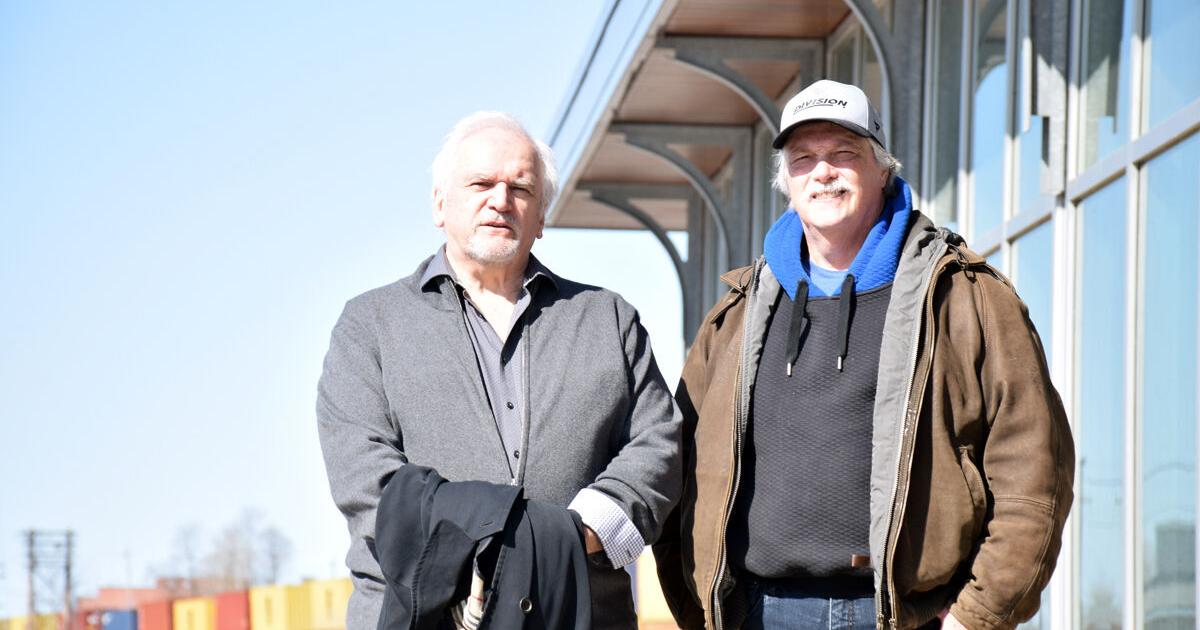kEiThZ
Superstar
Was true? That surely is still where much of that corn grown locally goes. It's not for human consumption, and I don't think they need THAT much for livestock.
Yes. Corn is used for ethanol.
What do they use for biofuel then - I'd just assumed it was corn.
Biofuels are way more than ethanol. And what is used is dependent on what is grown in the region. This can range from sugarcane to switchblade grass. Increasingly even algae. But in the case of Canada, the plan is to use canola. We've got a surplus of it. And the vegetable oil market really doesn't yield that much. Not to mention the health concerns with seed oils might start impacting demand anyway.







